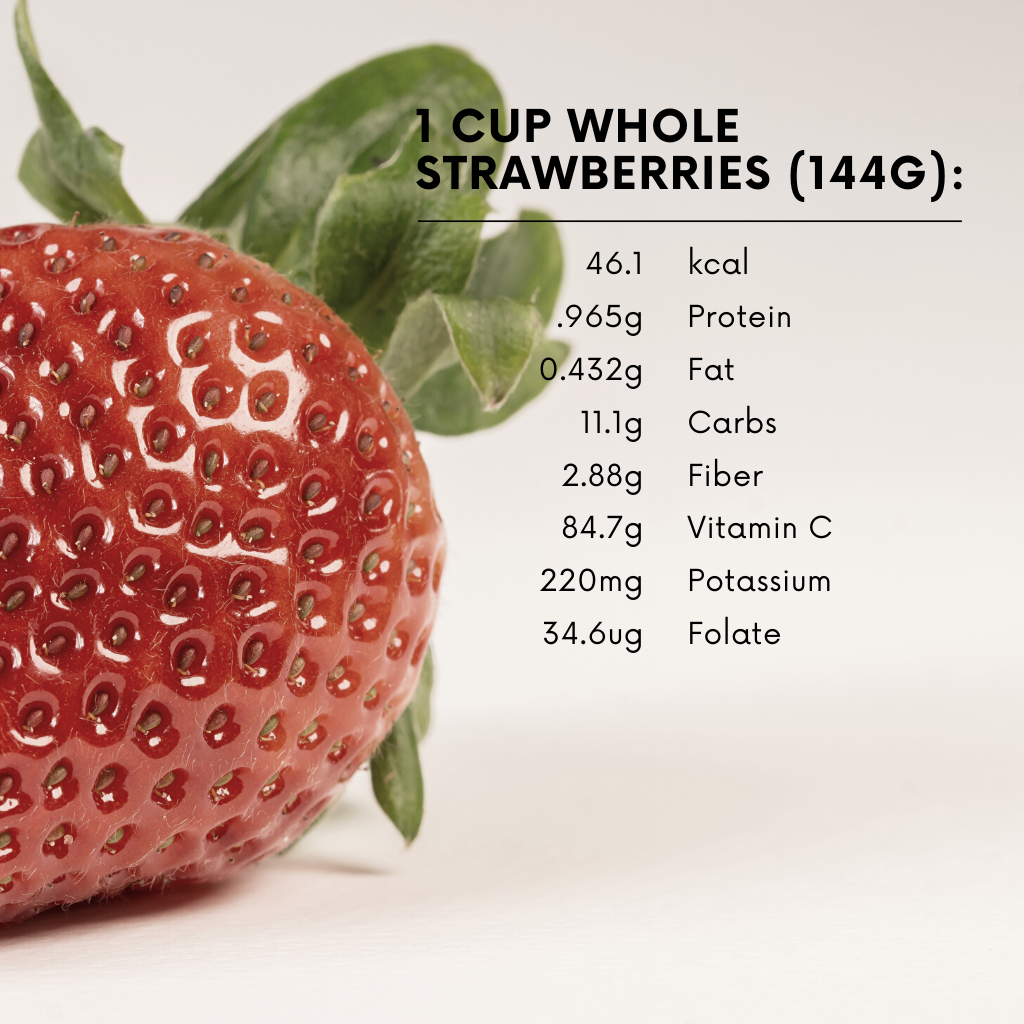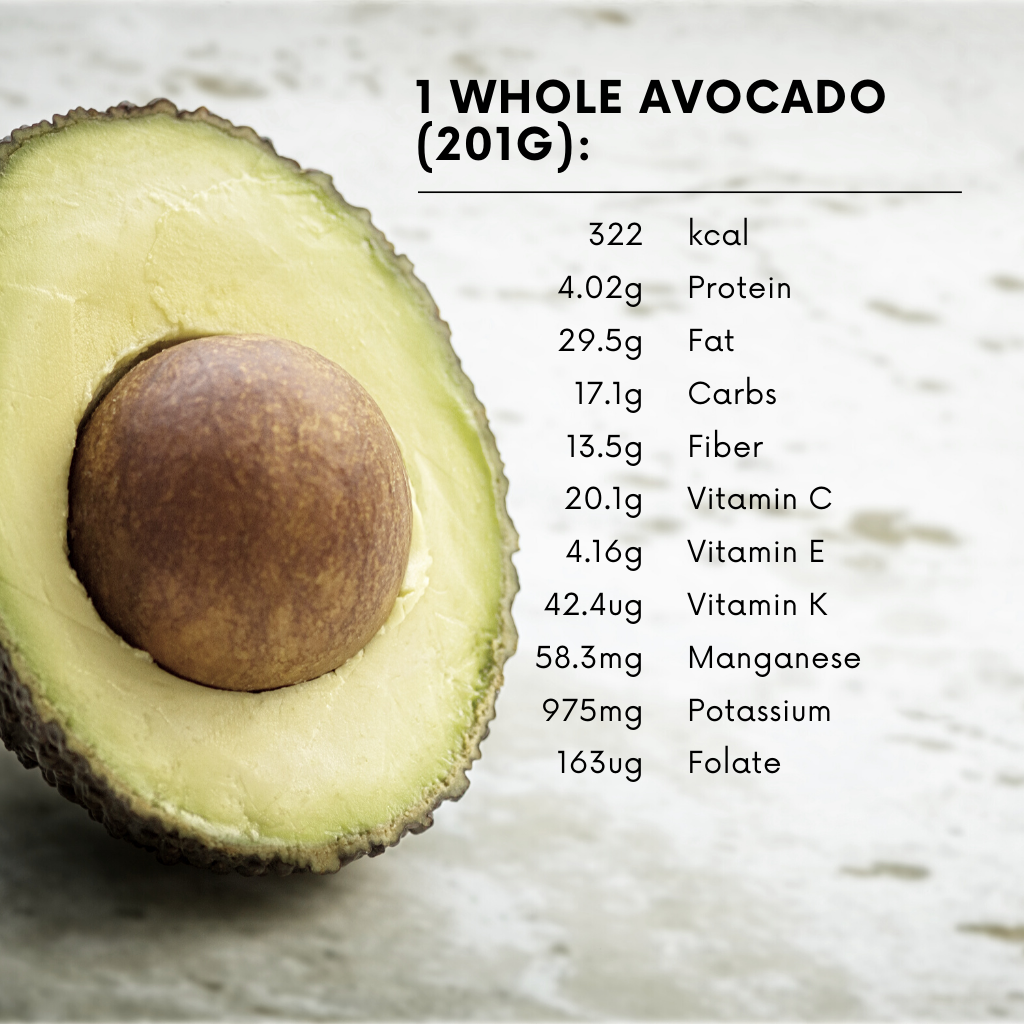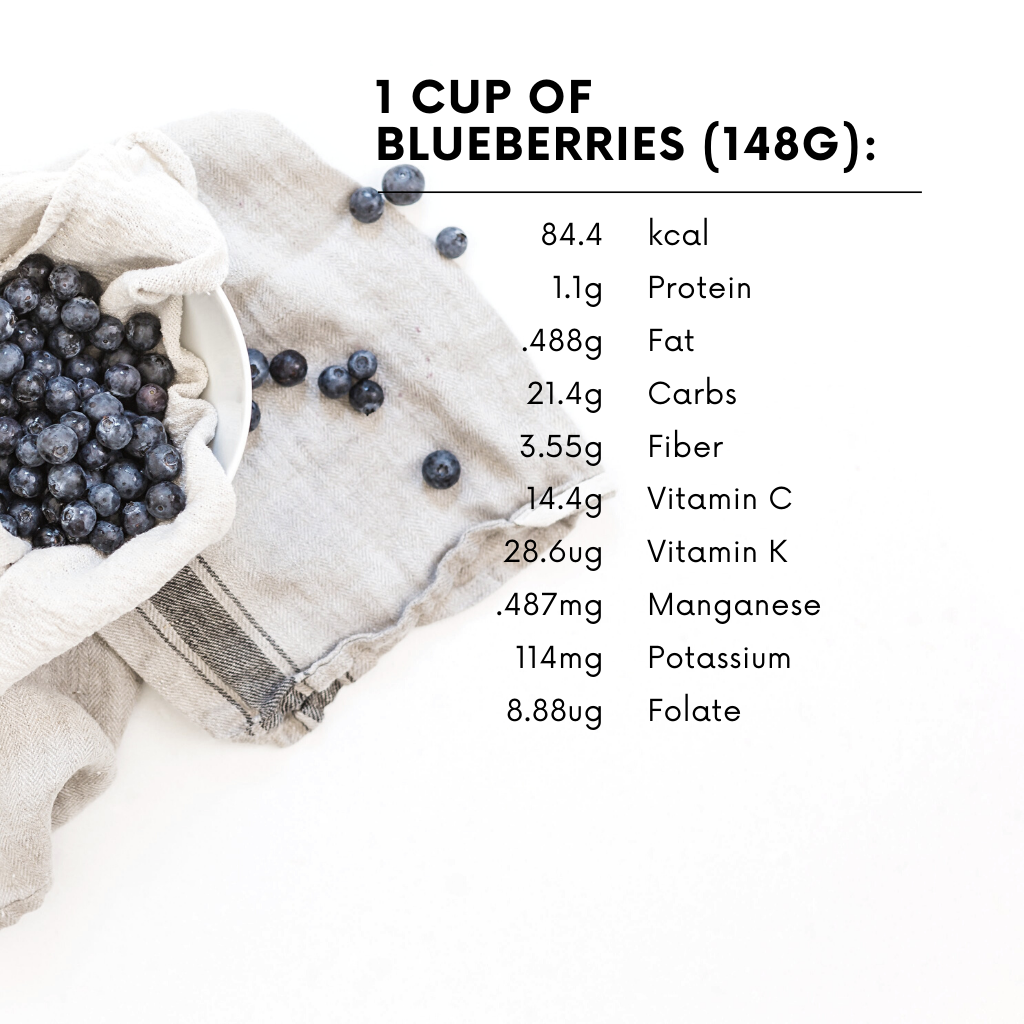Cauliflower has long been a favorite as a nutritious side dish. In the last few years, however, cauliflower has found its place on our plates in new ways as the versatility of the crop has been discovered.
Cauliflower is a Cole crop. Cole crops are cool-season crops that can be grown in Texas if the right varieties are planted at the right time. Other Cole crops include cabbage, broccoli and Brussels sprouts. Cauliflower can be grown in a home garden but requires very fertile soil and grows best in full sun. Cauliflower is ready to be harvested when the flower heads (called curds) are full sized (6-8 inches), white and smooth. Homeowners find that broccoli is an easier Cole crop to grow than cauliflower. Visit agrilifeextension.tamu.edu/library/gardening/cole-crops/ to see what varieties of cauliflower and other Cole crops grow best in your area.
Cauliflower and other Cole crops are a good way to add protein, vitamins and minerals to your diet, and can be prepared in many different ways. Cauliflower can be thickly sliced and roasted or grilled, included in curry or blended in soups. Cauliflower florets can be “riced” in a food processor and used as a low-carb rice substitute or made into a pizza crust for cauliflower pizza- the possibilities are endless.
AgriLife Extension’s Dinner Tonight has developed many recipes that utilize this wonder crop in different ways, including Cauliflower Fried Rice, Baked Cauliflower, Shrimp & Broccoli Alfredo, and Baked Potato Soup. For more creative and delicious cauliflower recipes, visit dinnertonight.tamu.edu/.




